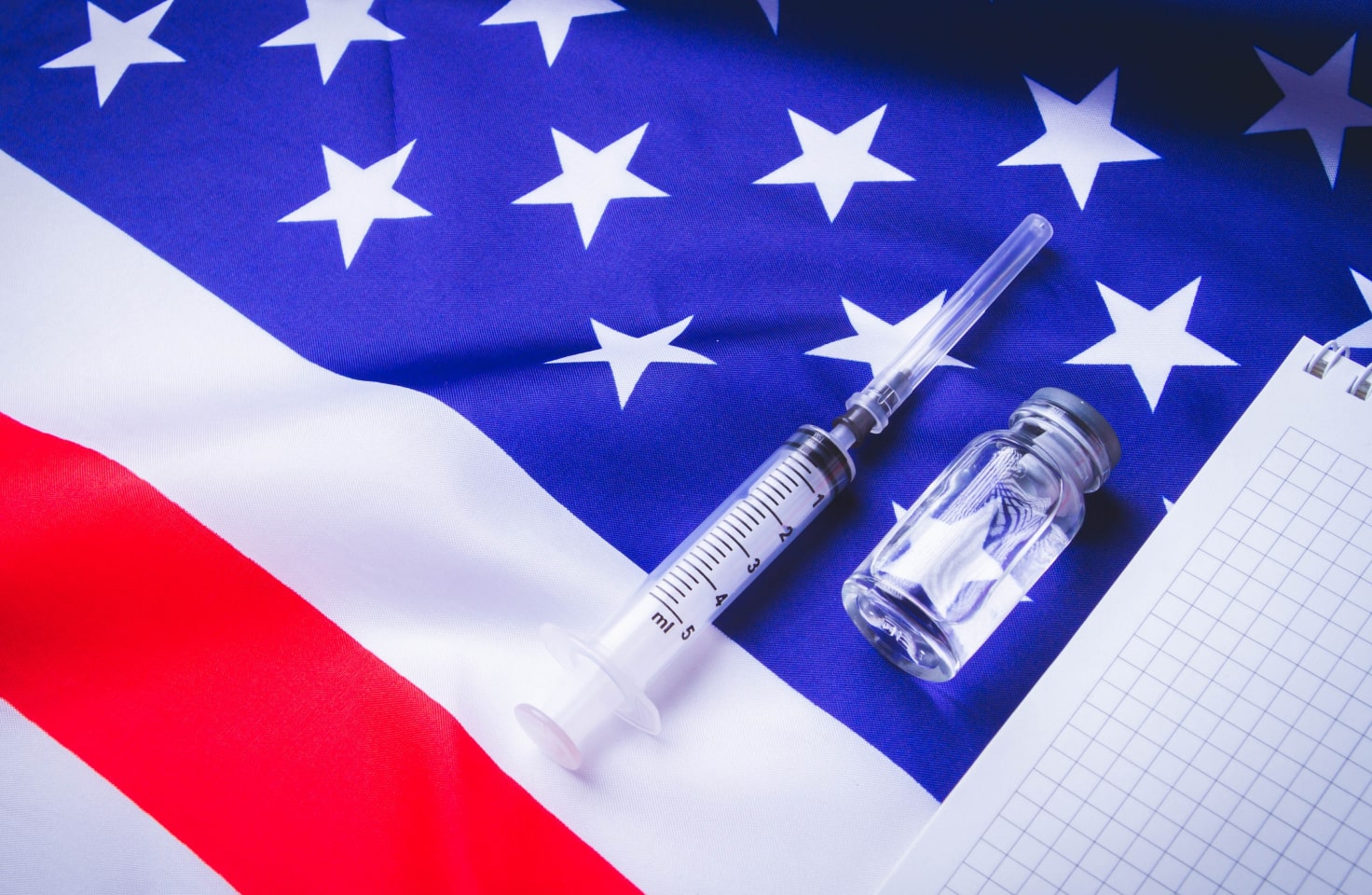T1D Guide
T1D Strong News
Personal Stories
Resources
T1D Misdiagnosis
T1D Early Detection
Research/Clinical Trials
Type 1 Diabetes Symptoms and Treatment
As wonderful as most doctors are, they are only human and can sometimes make mistakes, especially in identifying the rare and subtly obscure disease called type 1 diabetes.

Let’s face it—when it works correctly, the human body is a fantastic specimen. The brain and heart work symbiotically to keep us alive. It’s awe-inspiring, extraordinary in its functionality and mesmerizing at best. For example, physicians can’t even compute all of the liver’s remarkable qualities.
Consequently, when you’re sick, your body’s immune system goes into overdrive to heal you. If you’re feeling under the weather and know something isn’t quite right – you’re probably on target. Trust your gut.
Contrary to what people tell you, get online, research your symptoms, AND see a healthcare professional immediately.
Some diagnoses might need a second opinion, especially a diabetes mellitus diagnosis. The National Institutes of Health cites the misdiagnosis of type 1 diabetes (T1D) as type 2 diabetes (T2D) is prevalent in older adults and can lead to life-threatening complications.
If you suspect you may have type 1 diabetes, learn the facts, listen to your body, and head to your health care provider armed with a wealth of knowledge about the disease and its different types. Did you know a simple blood test can tell you which type of diabetes you have.
The Different Types of Diabetes
Type 1 Diabetes
Type 1 diabetes is an autoimmune diabetes that can affect anyone from six months to 80 years old. In this condition, the immune system thinks the pancreas’ insulin-producing cells are harmful and mistakenly attacks them. As a result, the pancreas stops producing insulin or produces very little.

Insulin is the vital hormone that helps blood sugar (glucose) enter the body’s cells to use as energy. Without insulin, blood sugar gets trapped in the bloodstream. When this happens, the cells don’t have the energy the body needs to stay active and healthy. Controlling blood glucose levels and taking exponential insulin is mandatory in the treatment plan.
Latent Autoimmune Diabetes (LADA)
LADA is an adult-onset type of diabetes with features of both type 1 and type 2. For this reason, it is also called type 1.5. Like T1D, LADA is an autoimmune disorder resulting when the pancreas beta cells stop making insulin. However, unlike type 1 diabetes, the process happens much slower, and the honeymoon phase (when the body still produces insulin) is much longer.
Some people with type 1 diabetes also experience a ‘honeymoon phase’ where the body is still secreting some insulin. This brief remission of symptoms while the pancreas is still working throws off diagnosis (some individuals think they are cured or misdiagnosed here, but unfortunately, this is not the case). It sometimes occurs after someone has started taking insulin. The honeymoon can last as short as a week or as long as several years. The symptoms will eventually return.
Type 2 Diabetes
The causes of type 1 and type 2 diabetes are very different. While type 1 is an autoimmune condition, in type 2, the pancreas makes less insulin, and the cells suffer from insulin resistance. Being overweight or sedentary may put you at a higher risk for T2D. The risk factors for type 1 diabetes aren’t clear, and currently, no one knows how to prevent T1D. However, we do know that certain genes are present in T1D, increasing the chances.
The diabetes management for type 2 differs significantly. Type 2 can be treated with diet, exercise and oral medication. Still, in some cases, individuals may need to add insulin or injectable medication to manage their blood sugar level.
Interesting Fact: According to the CDC, 38 million people in the United States have type 2 diabetes, whereas only 1.6 million have T1D.
Gestational Diabetes
Gestational diabetes occurs during pregnancy when the body cannot produce enough insulin. The diabetes diagnosis is found through a blood sugar test called the oral glucose tolerance test (OGTT). Women with a family history of diabetes sometimes develop GD during pregnancy. Treatment includes a healthy diet, exercise, monitoring blood glucose levels and sometimes medication.
Misdiagnosis between Type 1 and Type 2 Diabetes
If you travel in diabetes circles, you’ve probably heard a story or two about someone with adult-onset diabetes who was initially misdiagnosed with type 2. Sometimes, doctors think the patient has type 2 diabetes because of its slow progression.
When type 1 manifests in young people (children and adolescents), it usually happens over days or weeks. The symptoms can take longer in adults, from a few weeks to months to even years. This longer prognosis of developing symptoms causes confusion between types 1 and 2.
Also, some doctors forget that type 1 diabetes can start at any age (it was initially called juvenile diabetes since it was diagnosed in children and adolescents) of every ethnicity, body shape and size. It’s also tricky since several late-onset diabetes (LADA) patients are at a healthy weight and have no symptoms. Doctors treat their high blood sugar levels with oral medication and a diet and exercise plan.
Symptoms of Type 1 Diabetes
Here are the common symptoms of type 1 diabetes and a few you may not be aware of:
Frequent Urination
When blood glucose is high, sugar is lost in urine, causing continual urination. This does not mean having to go several times a day. It’s several times an hour and for longer than usual durations. This happens mainly at night for some people.
Extreme Thirst
With high sugar levels, glucose is lost in your urine, which causes dehydration. Drinking to quench your thirst and getting no relief is a common diabetes symptom.
Increased Appetite
In addition to extreme thirst, your stomach could feel like a bottomless pit. No matter how much you eat, you still feel hungry.
Abdominal Pain/Vomiting
Gastrointestinal symptoms like nausea, vomiting, bloating and abdominal pain could indicate undiagnosed T1D. It could also be a symptom of high blood sugar, leading to dangerous diabetes ketoacidosis (DKA).
Feeling Tired or Lethargic
The lack of insulin causes high glucose levels in the blood, which are not properly distributed to cells and muscles to be used as fuel. This is why one might feel incredibly weak and lack energy.

Rapid Weight Loss or Loss of Muscle Bulk
Without insulin for energy, your body breaks down its own fat and muscle, resulting in sudden weight loss.
Itchiness around the Genital Area or Regular Bouts of Thrush
The increased sugar can relate to yeast infections, itchiness, pain in and around the vagina, and a thick white discharge or redness. There could also be pain when you urinate or have sex.
Blurred Vision
Damaged, enlarged blood vessels can swell and leak, causing blurriness. This stopped blood flow causes the lens of your eye to change shape.
Slow to Heal Cuts and Bruises
Poor circulation causes wounds to take longer to heal. This is because it takes more blood to get to the wound site to fight off the infection.
Fruity Breath
Since the body cannot break down muscle for energy, the accumulation of ketones in the blood and urine gives off an odd, fruity smell.
Heavy Labored Breathing
In some cases, individuals may reach the point of diabetic ketoacidosis (DKA) before being diagnosed with type 1 diabetes. Here, the person may experience heavy, taxed breathing.
Interesting Fact: Type 1 diabetes symptoms can feel like a viral infection and often occur after viral illnesses like COVID, mononucleosis, or the flu. According to the National Library of Medicine, there are several viral triggers for T1D.
Dry Skin
Having dry skin is another symptom caused by high blood sugar. If you have a skin infection that takes longer to heal, poor circulation, or dry, itchy skin, it could indicate T1D.
Complications of Type 1 Diabetes
Acknowledging and treating diabetes mellitus symptoms as quickly as possible is essential to avoid complications. Large amounts of glucose in the bloodstream can harm blood vessels, cause nerve damage, and cause heart and kidney disease. Most people don't know it can be diagnosed with a simple blood sugar test.
If symptoms go untreated, they can lead to a severe condition called diabetic ketoacidosis (DKA). This side effect causes your bloodstream to become acidic, and you develop dangerous levels of ketones in the bloodstream.
DKA is life-threatening—bypass your doctor and head to the nearest ER if you suspect you or a friend has DKA. DKA can result in a diabetic coma, unconsciousness and even death.
Treatment of Type 1 Diabetes
If you’re diagnosed with type 1 diabetes, know it’s challenging but controllable. Diabetes management can be a lot of work, but the rewards are worth it.
The T1D treatment plan includes monitoring blood glucose levels daily. To maintain the best time in range, blood sugar must be checked through a blood sugar meter or a continuous glucose monitor (CGM). Staying on top of your glucose control also prevents hyperglycemia (high blood sugar) and hypoglycemia (low blood sugar).
Diabetes care for your health daily minimizes long-term complications and increases your life span. One where you can still live a vibrant, active life, driving Indy 500 race cars, playing the National Football League, running marathons, and climbing the world's tallest peaks.

Establishing an insulin therapy with your health care team, exercising regularly, not smoking, drinking alcohol in moderation, and following a well-balanced, healthy diet all contribute to achieving excellent health and longevity.
Again, when you feel something is off, it usually is. Sometimes, being your own advocate can save your life.


.webp)





.webp)
.jpg)
.jpeg)
.jpg)
.jpg)
.jpg)
.jpg)



.jpg)

.jpg)

.jpg)



.jpg)
.jpg)
.jpg)

.jpg)

.jpg)














.jpg)


.jpg)







.webp)












.webp)





















.webp)








.jpg)




.jpg)















.webp)